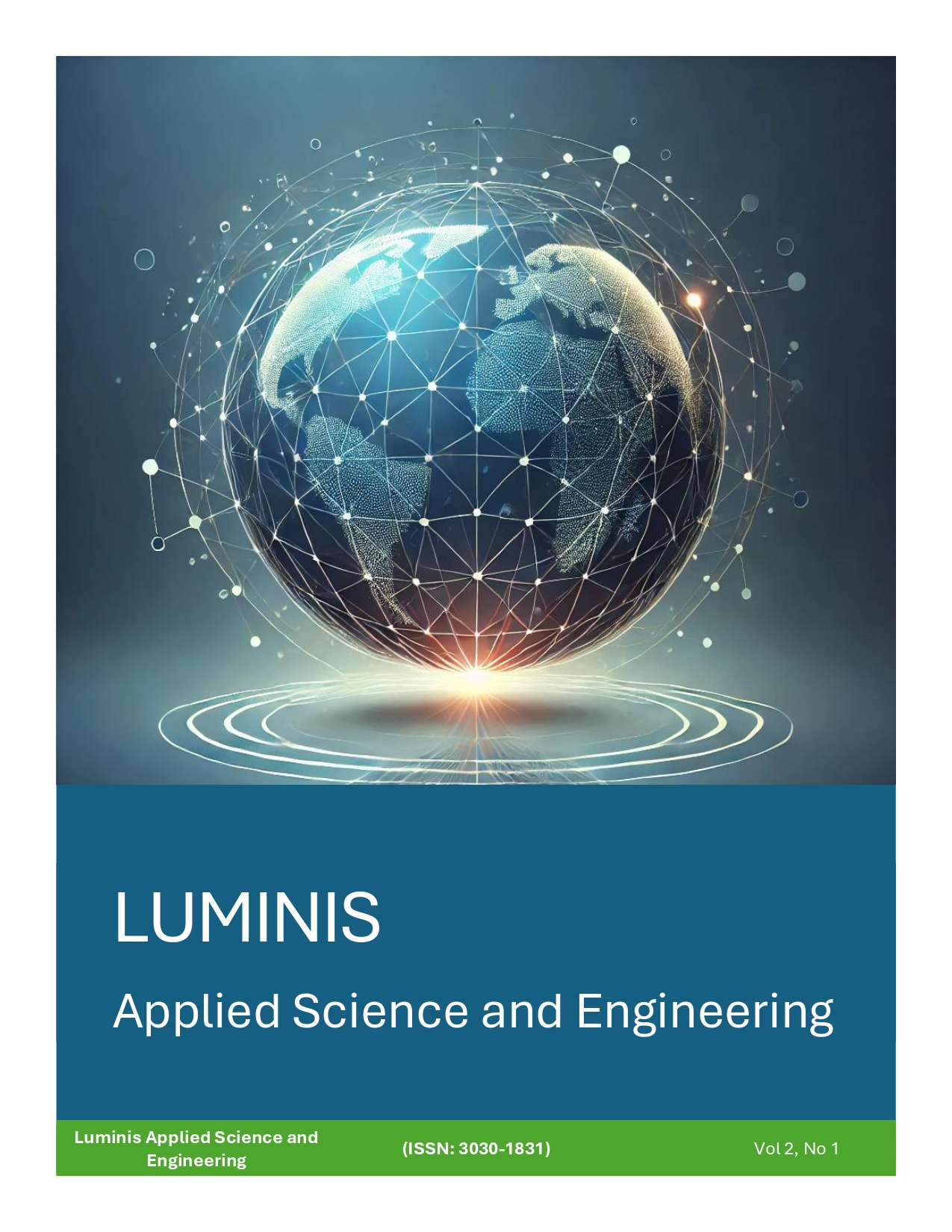Review And Importance of International Legal Dimensions of The Use of Artificial Intelligence in Space Technologies
DOI:
https://doi.org/10.69760/lumin.20250001008Keywords:
International Law, Artificial İntelligence, Space Technology, LiabilityAbstract
With the remarkable developments in space technologies, artificial intelligence has gradually been used instead of humans in decision-making. Artificial intelligence has the ability to think logically, manage its own actions, and correct decisions in the event of changes in external conditions. New smart space technologies are being developed to perform various space activities such as processing space data and information, removing space debris, extracting natural space resources, and exploring without human intervention. However, the regulation of the activities of space actors, especially private actors, and the supervision of these activities by governments in the use of these types of technologies has become one of the new issues in the field of international space law.
Since the obligations of States within the framework of international space law are explained on the basis of human behavior, in the face of monitoring the performance of intelligent space technologies and compensation for damage resulting from their performance, the question arises as to whether the existing international space regulations on the international responsibility of States for monitoring space activities and compensation for damage, which are based on human behavior, can also be applied to the use of these technologies, or should the regulations be A new space law should be drafted. With a broad interpretation of Articles 6 and 7 of the 1967 Outer Space Treaty regarding the responsibility of States for monitoring space activities and also the responsibility for compensation for damage, these provisions can still be considered applicable.
Nevertheless, it seems that the development of new international space regulations could be an important step in better defining and recognizing the responsibility of states to monitor the use of intelligent space technologies by space actors and to compensate for damages resulting from it.
References
Abashidze, A.K., Ilyashevich, M., & Latypova, A. (2022). Artificial intelligence and space law. Journal of Legal, Ethical and Regulatory Issues , 25 (S3), 1-13.
Cheng, B. (1995). International Responsibility and Liability for Launch Activities. Air & Space Law , 20 (6), 297- 310.
Cheng, B. (1998). Article VI of The 1967 Space Treaty Revisited: “International Responsibility,” “National Activities,” And The Appropriate State. Journal of Space Law , 26 (1), 7-32.
Cuellar, M. F. (2017). A Simpler World? On Pruning Risks and Harvesting Fruits in an Orchard of Whispering Algorithms. UCDL Review , 51 , 27-39.
Dennerley , J. A. (2018). State Liability for Space Object Collisions: The Proper Interpretation of “Fault” for the Purposes of International Space Law. European Journal Of International Law , 29 (1), 281-293.
European Commission, White Paper on Artificial Intelligence-A European approach to excellence and trust, COM (2020). 65 final (Brussels, 19.2.2020) available at: https://ec.europa.eu/info/sites/info/files/commission-
white-paper-artificial-intelligence-feb2020_en.pdf (last visited: 2022.11.10).
Giuffrida, I. (2019). Liability for Ai Decision-Making: Some Legal and Ethical Considerations . Fordham L. Rev. , 88 , 439-444.
Karnow, C. E. (1996). Liability for Distributed Artificial Intelligences. Berkeley Technology Law Journal ,
Kowert, W. (2017). The Foreseeability of Human-artificial Intelligence Interactions. TexasLaw Review , 96 , 181- 183.
Lee, R. j. (2003). The Convention on International Liability for Damage Caused by Space Objects and the Domestic Regulatory Responses to Its Implications. Singapore Journal of International & Comparative Law , 4 (1), 1-27.
Long, G. A. (2014). Small Satellites and State Responsibility Associated With Space Traffic Situational Awareness at 3, 1st Annual Space Traffic Management Conference “Roadmap to the Stars,” Embry -Riddle Aeronautical University, Daytona Beach, Fla., Nov. 6.
Martin, A. S., & Freeland, S. R. (2020). Artificial Intelligence – A Challenging Realm for Regulating Space Activities. Annals of Air and Space Law , 45 , p. 275-306.
Masson-Zwaan, T., & Mahulena, H. (2019). Introduction to Space Law . Kluwer Law International BV, p. 32.
Messerschmidt, J. E. (2013). Hackback: Permitting Retaliatory Hacking by NonState Actors as Proportionate Countermeasures to Transboundary Cyberharm. Colum. J. Transnat'l L. , 52 , 275-305.
Report of the Committee on the Peaceful Uses of Outer Space (2018). available at:
https://www.unoosa.org/oosa/en/oosadoc/data/documents/2018/a/a7320_0.html (last visited: 2022.11.10)
Solum, L. B. (1992). Legal Personhood for Artificial Intelligences. NCL Rev. , 70 , 1231-1238.
Soroka, L., & Kurkova, K. (2019). Artificial Intelligence and Space Technologies: Legal, Ethical andTechnological Issues. Advanced Space Law , 3 (1), 131-139.
Stewart, E. (2019). Self-driving cars have to be safer than regular cars. The question is how much. In Vox (Vol. 17).
Tricot, R., & Sander, B. (2010). Recent Developments: The Broader Consequences Of The International Court of Justice’s Advisory Opinion On The Unilateral Declaration of Independence In Respect Of Kosovo. Columbia Journal of Transnational Law , 49 , 321-327.
von der Dunk, F. G. (2015). Legal aspects of navigation-The cases for privacy and liability: An introduction for non-lawyers.
von der Dunk, F. G. (2013). Outer Space Law Principles and Privacy. In Evidence from Earth Observation Satellites: Emerging Legal Issues, Denise Leung and Ray Purdy (editors), Leiden: Brill (p. 243-258).
Downloads
Published
Issue
Section
License
Copyright (c) 2025 Luminis Applied Science and Engineering

This work is licensed under a Creative Commons Attribution 4.0 International License.




